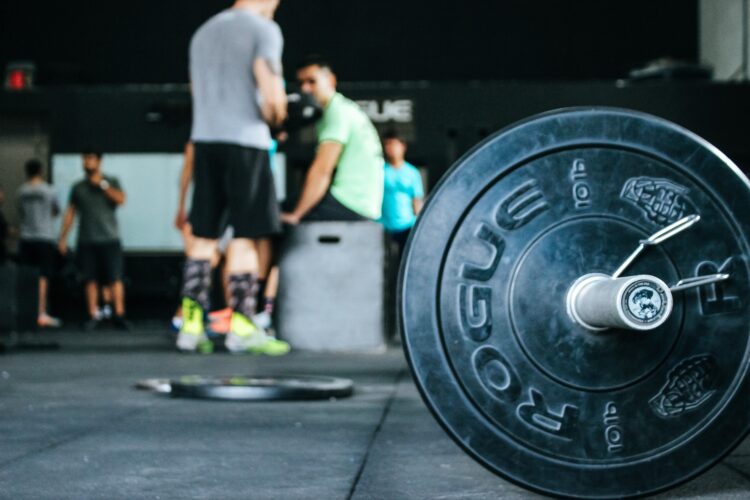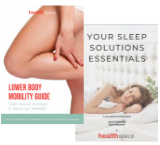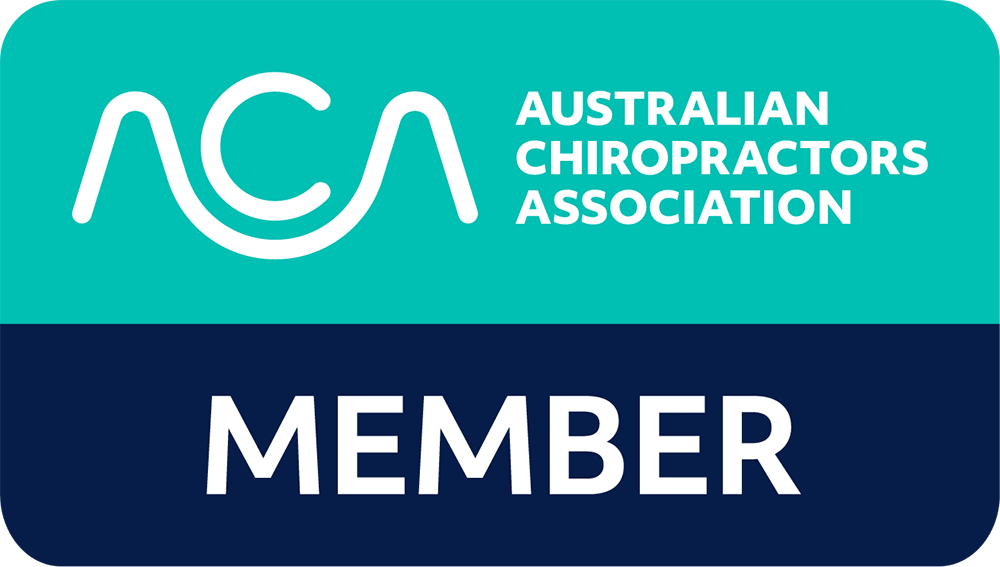
With gyms set to re-open after four gruelling months of lockdown, it’s natural to want to return in an absolute blaze of glory and pick up right where you left off. As tempting as it is, it’s something I would be strongly recommending to resist against. Not only is it going to increase your risk of injury, it’s just going to keep you out of the gym if you do end up with one. The purpose of this blog is two-fold; to teach you how to pace yourself returning to the gym, and how to set some awesome goals.
Pacing Yourself is Key!
Trust me, no one is going to blame you for wanting to go straight back to where you left off in the gym. I was that person who got excited going back to the gym, went for it straight away and couldn’t go back again for a week. It happens to the best of us! It is absolutely vital to pace yourself.
Starting out in the gym, it’s recommended to start at 50% of the weight you were lifting prior to the lockdown beginning. This will help serve two benefits:
• It will help ease the body and the muscles back into the routine of training, without overloading the system immediately
• It will also allow you to familiarise yourself with the lifting technique and functional movement patterns at an easy weight, ironing out any technical flaws or bad habits.
In an ideal world, you want to expose yourself to a session at a 50% weight, followed by 70% and then 90%. Personally, I like to split my sessions between upper body & lower body. Using the above strategy, I’m going to write my plan below.
• 2x sessions at 50%, split between upper & lower body
• 2x sessions at 70%, split between upper & lower body
• 2x sessions at 90%, split between upper and lower body
Wanting to get back into my own pre-lockdown training routine of 3x sessions a week, this plan will take me two weeks. It may not look exciting, but your body is going to thank you immensely in the long run
Goal Setting for the Long Term
To help you get through those initial sessions, it’s vital to have a goal in place to make sure this doesn’t feel like wasted time. To help create the best goals possible, use the acronym SMART. What do SMART goals stand for?
• S – Specific. Make sure that the goal you have is something that can be clearly defined. An example would be setting a new PB in your squat.
• M – Measurable. Make sure that the goal is quantifiable, ideally something that can be objectively compared. An example would be running the Bay Run (7km track) in 35 minutes.
• A – Attainable. Make sure the goal you create is something that you can actually achieve!
• R – Relevant. Your goal has to be related to what you want to achieve! For example, a gym goer should be setting a goal based around a rep range or weight, whereas a runner should be setting a run time based goal.
• T – Time. Give yourself a set period of time to achieve the goal. It can be as little as 4 weeks, or upwards of 5 years!
An example of a SMART goal would look something like this: I want to be able to complete a 5km time trial in 23 minutes in 8 weeks (I am a runner looking to improve my speed & time!)
If you are looking for advice on a recent injury, or how to best start exercising after an injury or prolonged break, see how Physiotherapy can help! Our Physiotherapist Oliver can be found at HealthSpace Rozelle (9810 8769) and HealthSpace Kingsford 9663 2151)

